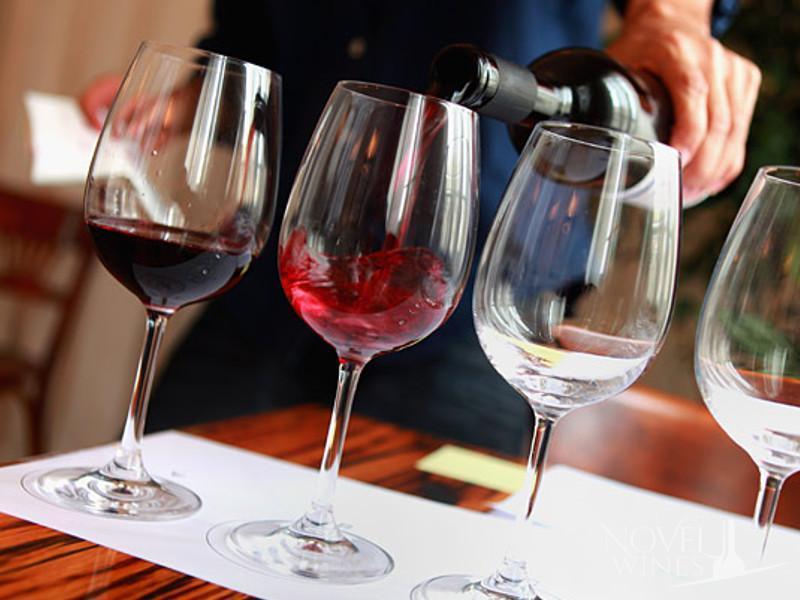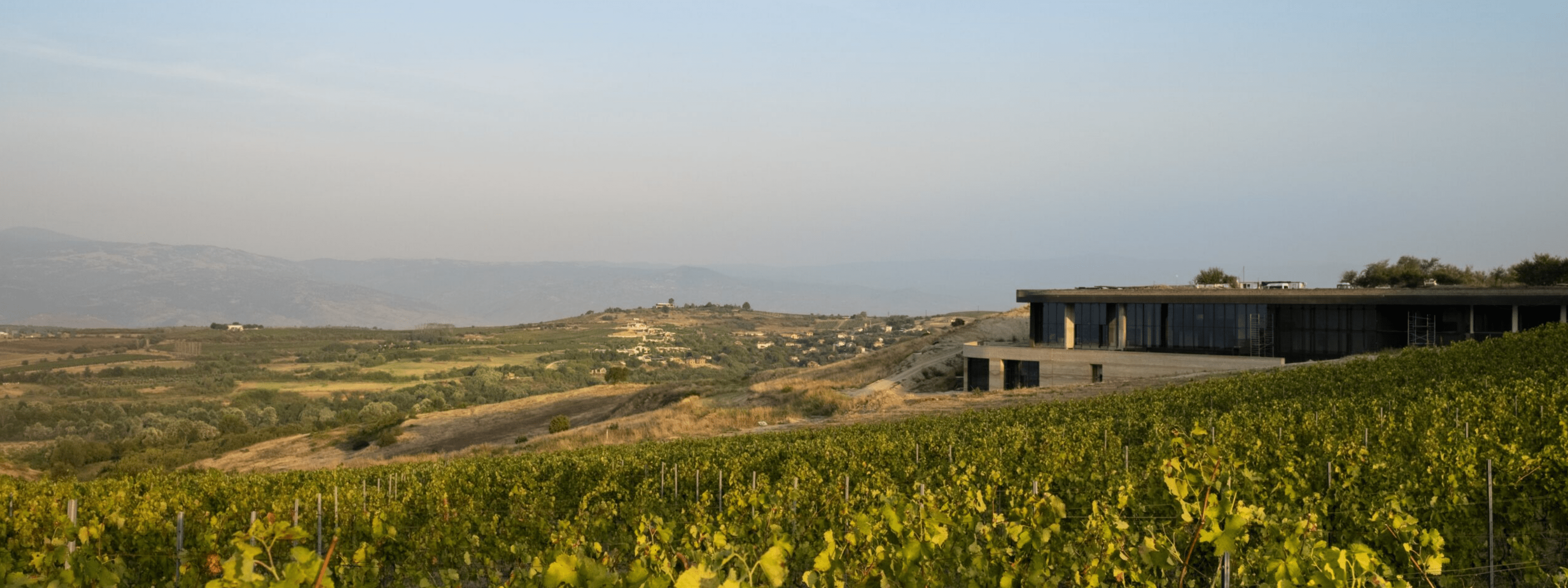
The Principles of Wine Tasting
Learning to taste wine "like a professional" doesn't mean becoming a wine snob. It's simply about understanding wine so that you can better choose the wines you love. Tasting wine will always be subjective - there is never a right or wrong answer - it's about what you love. The thing we're looking for in a wine that makes it "objectively" good quality is balance.
First Impressions
As a human you will always make subconcious judgements about a wine before you've even opened it. What does the label say to you? How does a restaurant's wine list communicate with you? How is the wine presented? Where is it presented? Who are you drinking it with? Cork or screwtop? All these things will inevitably influence your perception of the wine.
Colour
Colour allows us to get an idea of a wine straight away. A good sommelier will always pour enough wine in your glass so you can see and interpret the colour of a wine from where you're sitting. The easiest way to assess the colour of a wine is to hold the glass at a 45 degree angle against a white background in a well-lit room.
With white and rose wines, we look at the base of the glass where it joins to the stem. Look straight in the middle as the light in the room can change the colour at the edges of the wine. Whites tend to drift from water-white to lemon-green to lemon, gold and amber with age. They will also look fuller bodied as they get older. Similarly rose wines will move from salmon pink to pink and then orange pink, often getting more amber should you age them.
Red wines are assessed by looking at the rim of the wine. Reds tend to move from purple to ruby, garnet and then brown with age. Unlike white wines, reds will gradually start to look lighter bodied with age - although this doesn't mean they are actually any less full bodied in the mouthfeel!
Aromas
While colour can give you a perception of a wine, it's not until you get to the nose that you can really start to understand a wine. Did you know that 60% of what we taste is from what we smell? This is why things taste quite a bit different when we have a cold.
The easiest way to start smelling a wine is to give it a good swirl and stick your nose right in. Breathe in slowly. Just think about the first flavours you get: you may get fruit (citrus, orchard, tropical, stone), you might get kernel (nuts or biscuit), malolactic (cream, butter), lees (yeast, brioche), perhaps vegetable (green pepper, cut grass) or oak (leather, cedar wood, vanilla and so on).
The important thing with smelling is there's no wrong answer. Just say what comes to mind. This will help you to identify other wines later on because you'll know your personal perceptions - try not to listen to what others say!
Palate
Of course the most important part and the most exciting moment of wine is actually drinking it (apart from maybe some Riesling that you could just nose all night long). The first thing to do when you taste a wine is to skip all the faff and just drink it. Do you like it? Some wines need food but generally you can get a good impression from your first sip. If it's wine number one of the day the acid or tannin might shock you, so do this twice just to get your palate in check.
The second time you taste can be a little more "pro". Drink a little and gently suck air over it. This will release more levels of flavour in the wine and let you better assess the structure. Think about the following:
- Is the wine dry or sweet? This is a sliding scale. Think about where it fits in the context of other wines you've tried.
- Acidity is best identified in the back of the mouth where the molars are. Is it low, medium or high? Does it balance with the rest of the wine or stand out like a lemon?
- Texture and tannin is next. Does it make your mouth feel dry? Is it creamy? Are you thinking rounded or crisp and steely?
- Alcohol is the feeling of heat. It's either very well balanced and unnoticeable or hot and undesirable. Think about alcohol in the context of the rest of the wine. Is it working for you or not?
- Body is all about texture. Think about milk being skimmed, semi-skimmed and full fat. In the same way a wine is light, medium or full bodied.
- Flavour intensity. Is it pungeant or subtle?
- Flavour profiles is like aroma where we're looking for fruits, kernel, malolactic, lees, vegetables, oak and so on.
- Maturity is the final point. This is ultimately a feeling of how well integrated the wine is. Also, youthful wines will be fruity while mature wines will have more tertiary flavours like milk, butter and brioche for example.
Thoughts
Finally you should decide on whether the wine is ultimately something you'd like to enjoy again or forget about. Think about how it might change when paired with the right food. Also think about price point and whether you think the quality justifies the price tag. Then think about other wines you've enjoyed; where does this fit? Again, it's all subjective but the more you taste wine the more you'll get to know its nuances.




